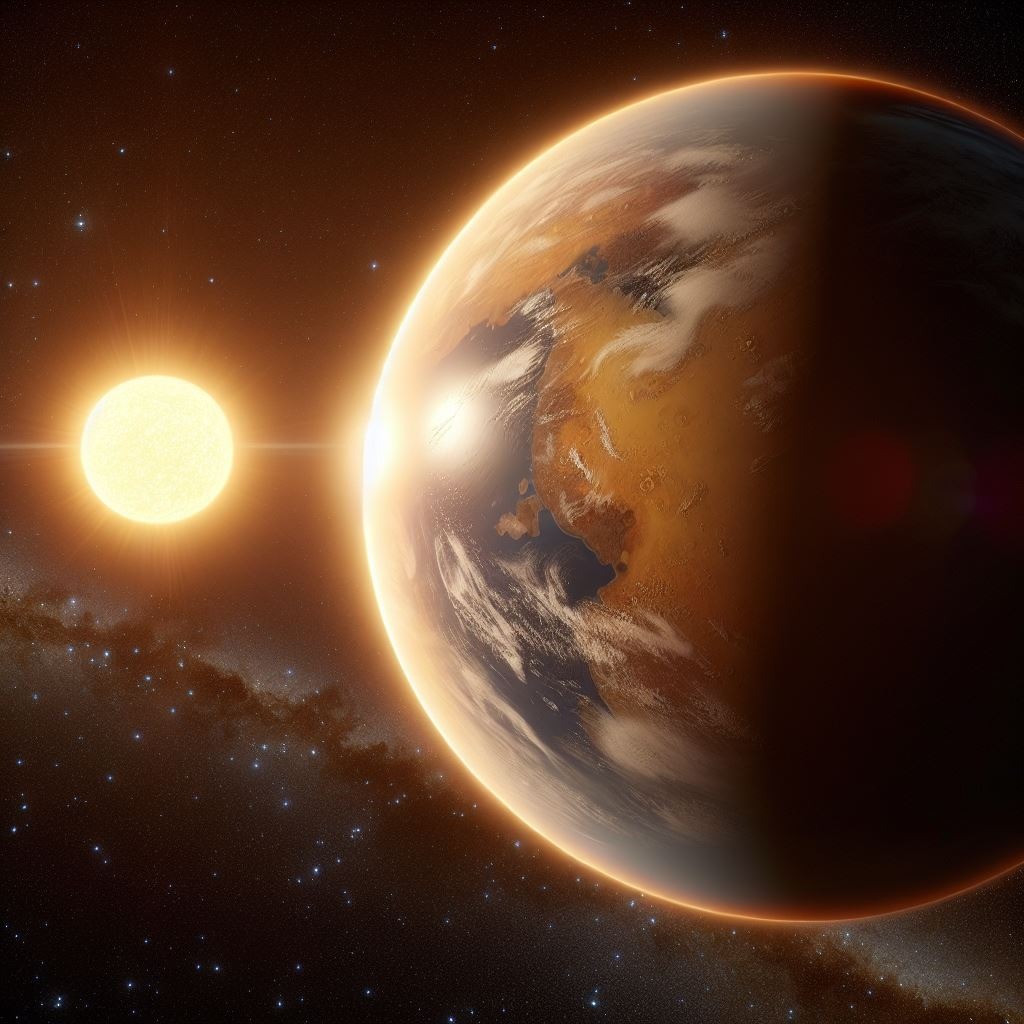
A new discovery at the edge of our planetary system could rewrite what we know about the outer Solar System. A potential dwarf planet, provisionally called 2017 OF201, has been identified beyond the orbit of Neptune: it is estimated to have a diameter of approximately 700 km and walk a’extreme orbit, which employs 25,000 years to complete one revolution around the Sun.
The discovery was published on the arXiv and formalised by the Minor Planet Centre of the International Astronomical Union. But what makes this object even more fascinating is its potential impact on the hypothesis of the mysterious Planet X (or Planet Nine), the giant celestial body whose existence is still disputed.
A mysterious object at the edge of the system
The celestial body was identified by a team of astronomers from the Princeton University, thanks to the analysis of 19 images collected over seven years from telescopes Victor M. Blanco e Canada-France-Hawaii. The characteristics of its orbit are surprising: the’aphelion, which is the furthest point from the Sun, is located at over 1,600 times the Earth-Sun distance, while the perihelion è 44.5 times farther than our orbit, similar to that of Pluto.
“Such a trajectory suggests that the object has undergone strong gravitational interactions,” says researcher Eritas Yang. “It is possible that he was expelled in the Oort cloud, the remote icy region surrounding the Solar System, only to be called back.”
An orbit that challenges Planet X
Many transneptunian objects show orbits grouped in similar orientations, which has led some scientists to speculate on the presence of an invisible giant planet influencing these trajectories. However, 2017 OF201 does not follow this pattern, thus casting doubt on the existence of the Planet X.
“This object is an exception,” emphasises Jiaxuan Li, team member. “If there really was a Planet Nine gravitationally guiding these bodies, we would expect OF201 to also follow the observed alignment. Instead, its orbit appears to be completely independent.”
Towards a new map of the outer Solar System
The discovery of 2017 OF201 reinforces the idea that the area beyond the Kuiper Belt is by no means empty, as was previously thought. “There could be hundreds of similar objects, too distant or weak to be detected yet,” he says. Sihao Cheng, co-author of the study.
Despite technological advances in space and ground-based telescopes, our Solar System remains largely unexplored, especially in its most remote regions. This new dwarf planet not only expands the map of the cosmos around us, but also reminds us how mysterious the universe we have “at home” still is.